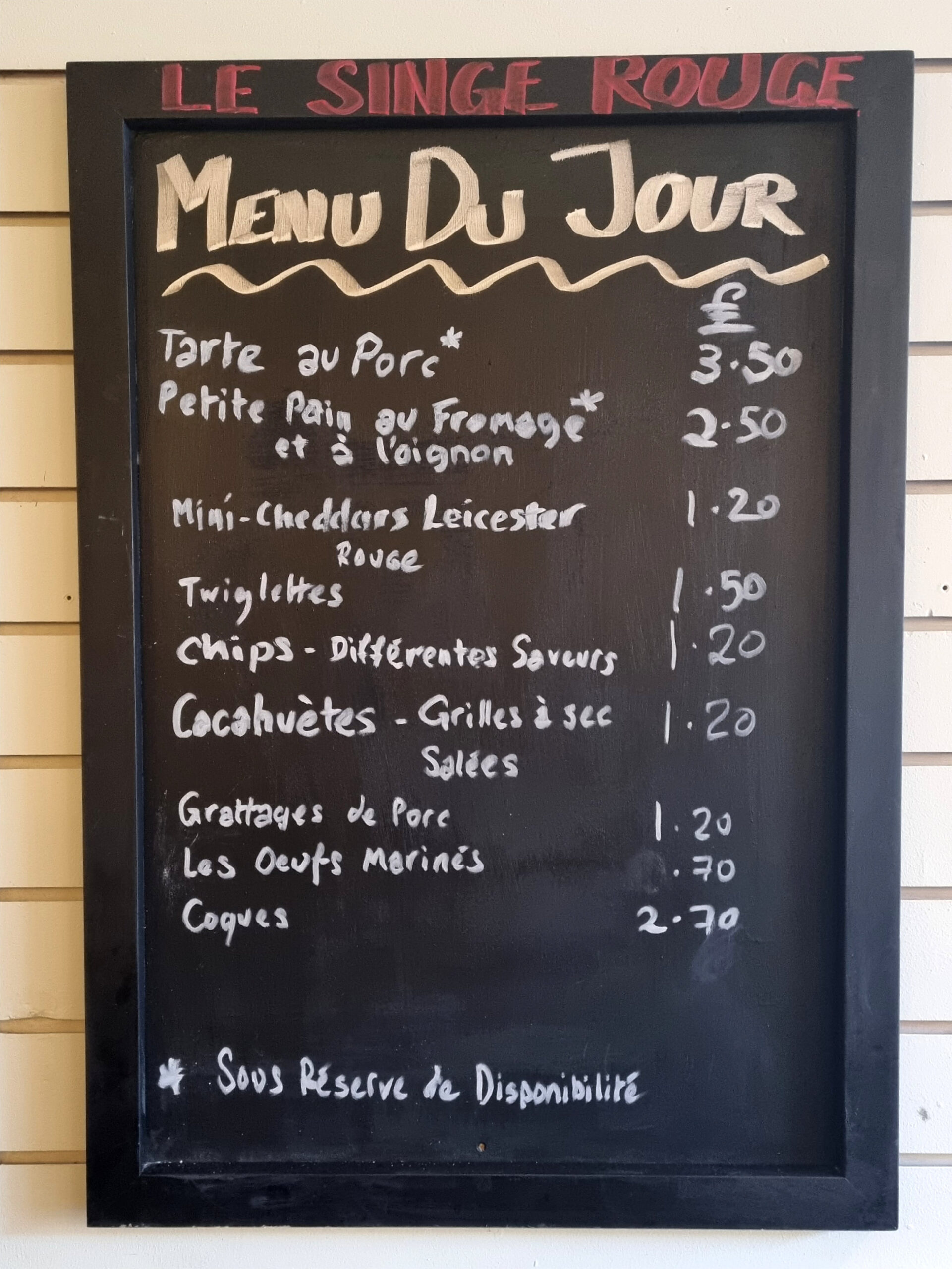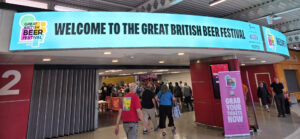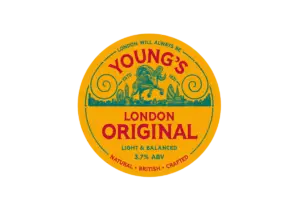This post is in response to the July edition of “The Session”: a recently-revived monthly collection of writings. Every month a specific beer-related subject is chosen. This month’s is “pub food” and is being coordinated on BlueSky by David Jesudason (@davidjesudason.bsky.social) author of Desi Pubs.
It’s my first attempt to join in. I’m not a beer writer. Indeed, I’m not a writer at all, but here goes.
Memorable pub food
I’ve been drinking in pubs for somewhat more than 50 years, and have eaten a lot of pub food in that time. So what has been memorable? If we are talking about meals, then the short answer is “not much”. Away from pubs, we do collect Michelin-starred and other fine dining tasting menus when opportunity and finances allow. Many of those meals have certainly been memorable. But pub meals? Not so much. Yes, we’ve eaten in a few gastropubs where the food has certainly been good. And we’ve been on the trail of Desi pubs a few times and have enjoyed what we have eaten. But not that memorable.
When I think back, the food moments in pubs that I remember are not meals at all, but something simpler. In the early 1970s I spent some time working on a heritage railway in mid-Wales. One day when lunch time came we were up the line, away from normal refreshments, so went to a pub in a nearby small village. (Yes, I was under 18 then, but already a fairly regular pub-goer. Different times.) Although the pub served meals in the evening, nothing was available for lunch. The only food on offer was pickled eggs and bags of crisps. This was then my first introduction to what is known in some Bristol circles as “chicken and chips”.

In the first half of the 1970s I was living in Staffordshire and made occasional trips down to the Black Country. Here I encountered a new delicacy, rarely found in my native Manchester: pork scratchings. This was before they had started to appear in tiny bags in pubs throughout the country. Scratchings in the Black Country were either kept in bulk behind the bar, or repackaged into plain polythene bags. Some pubs even offered the option of “soft” or hard”. Hairs were to be expected. In the mid-70s scratchings started to break out from their Black Country home, reached Stafford where I lived and then progressed to the rest of the country, and ubiquity.
The scratchings element of this story has a postscript in 2023 when I encountered hot pork scratchings for the first time – a revelation, and in the Isle of Man of all places. A countertop dispenser allows scratchings to be kept warm and served in bowls. Since then I’ve seen this culinary breakthrough in a few other parts of the country.
Also in the 1970s, a pub in Manchester that I visited fairly regularly offered sandwiches at lunchtime. What made these stand out was the fact that they were generally served accompanied by a bowl of sliced onions in malt vinegar. These homemade pickled onions (although not matured like a standard pickled onion) became the star of the show. Sandwiches were ordered just to elicit the bowl of onions. I suspect that this simple ploy increased lunchtime food sales dramatically, with little effort.
It would be remiss, and a betrayal of my northern roots, not to mention another pub staple: pies. “A pie and a pint” was a standard lunchtime order in many pubs in the northern half of the country. The local variations added to the interest. Hot or cold, pork or beef, standing alone or with peas and/or gravy (and back in the Black Country, make that grey peas). Quality varied: some pubs were proud of their connections with local butchers, others offered branded pies. A Holland’s pie from Baxenden, anyone?
One pub pie memory I have is of taking a boat across the Leeds and Liverpool canal on a delivery trip in the summer of 1990. Heading from Yorkshire into Lancashire we made a brief lunchtime stop at a pub in a now forgotten town – Barnoldswick, Barrowford? A pub standing on the corner of a terraced street a little way from the canal. What would now be known as “wet-led”, but in all likelihood long gone. The order was “a pie and a pint” and we were stunned when change was returned from £2. The average price of a pint of bitter in 1990 was around £1.20, but living in London at the time, we were more familiar with the £1.50 pint. I think this was the last time that I was surprised by the low cost of beer and food. Most surprises in recent times have been of the “How much?!?” variety.
As an alternative to pies, there is also that other pub staple: the cheese roll. Or cob, or bap, or barmcake, or… let’s not revive the naming of small bread objects discussion. Again there are variations. Soft or crispy; with or without extras. From my point of view onions must feature in the classic roll. Good quality bread with thickly-cut Cheddar cheese and white onion is the gold standard.
So, it seems that some pub food is memorable, but not the food that we might expect. Those “pub classics” that appear on every menu in pub chains, and independents too, just don’t stay in the mind. At least not in a good way. One pub I used to visit in the 1980s was noted for its curries. These were however all served with rice and chips; it was, of course, in the North. The curries were not particularly memorable; the sheer quantity was.
What has stayed in the memory are the pies, snacks, sandwiches that have complemented the beer, not replaced it as the reason to go to the pub. It is slightly baffling as to why this type of food offering seems less common than it was. It allows a pub to have a provide food which doesn’t require significant kitchen facilities or catering staff. There’s been a small revival in sandwich and pie availability recently as pubs that offered food have decided to close kitchens to make cost savings. Pieminister from Bristol have made some inroads into the pub trade in various parts of the country. Perhaps now is the time to campaign for the wider return of the countertop pie warmer!




